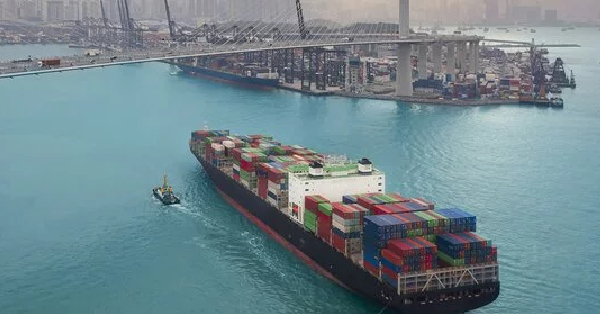From 8 January 2023, China has downgraded the designation and management of COVID-19 from a Class A infectious disease to Class B. This has resulted in changes to the prevention and restriction policies on port entry formalities, crew changes and onboard surveys at the country’s ports.
Crew Changes
Since early December 2022 China has been easing COVID-19 restrictions and on 26 December 2022 an Overall Plan for Measures Against COVID-19 Infection was issued which cancelled the following restrictions which had been in place:
- Isolation of infected cases
- Tracking of close contacts
- Classification of at-risk areas
- Control measures for people arriving in China including COVID-19 testing
- Control measures for imported cargoes arriving in China
On 27 December 2022, the Ministry of Transport together with other administrative bodies including the National Administration of Disease Prevention and other Control, issued the Notice on Effectively Conducting Crew change for International Vessels after Management of the COVID-19 Disease Downgraded to Class B (“The Notice”).
The Notice, which came into effect on 8 January 2023, made the following alterations, effectively lifting COVID-19 restrictions for crew changes:
- Examination and approval procedures for crew changes of ships sailing on international voyages at domestic ports removed
- Ban on entry permits and disembarkation for foreign crew lifted
- Nucleic tests and isolation in designated facilities no longer implemented for crew members signing off in China
However, the following prevention measures are required:
- For ships sailing on international voyages and scheduled to change crew at Chinese ports, nucleic tests of crew members required 48 hours prior to leaving the last overseas port
- If crew members are unable to declare the results of the nucleic acid test within 48 hours prior to entry into China due to travel reasons, antigen results may be accepted instead
- If the health declaration of crew members is abnormal or crew members have a fever or other symptoms, Customs will impose measures they see fit, depending on the individual situation
Ship requirements to enter ports
On 8 December 2022, the Ministry of Transport of the PRC issued Guidelines for the Prevention and Control of COVID-19 in Ports and Their Frontline Personnel (the 12th edition). The guidelines state:
- Seafarers’ COVID-19 test information no longer required to be submitted to port Authorities before berthing
However, ships are still required to provide the following:
- Ports of call, berthing/unberthing information within the preceding 14 days before the vessel’s arrival
- Crew’s general information and health condition, information on crew changes, embarkation and disembarkation personnel, materials and supplies deliveries, and personnel contact during berthing
- Ship’s quarantine and epidemic prevention measures
- Information on sewage treatment plant and ballast water management system
- Information on reefer containers and refrigerated cargo in bulk
- Information on disinfection and transfer of garbage from ships
While the above changes have been announced, members will no doubt be aware that ports in China have sometimes imposed different restrictions and requirements from one another.
With the assistance of Shanghai P&I Services Ltd and their contacts the club has provided the below summary of COVID-19-related measures in place at Chinese ports. We would like to thank Shanghai P&I Services Ltd for their assistance.
Please be aware that the following is a guide only and is accurate as at 13 January 2023. Members are advised to contact the local agent or correspondent for the latest port requirements before their ship calls at a Chinese port.









































